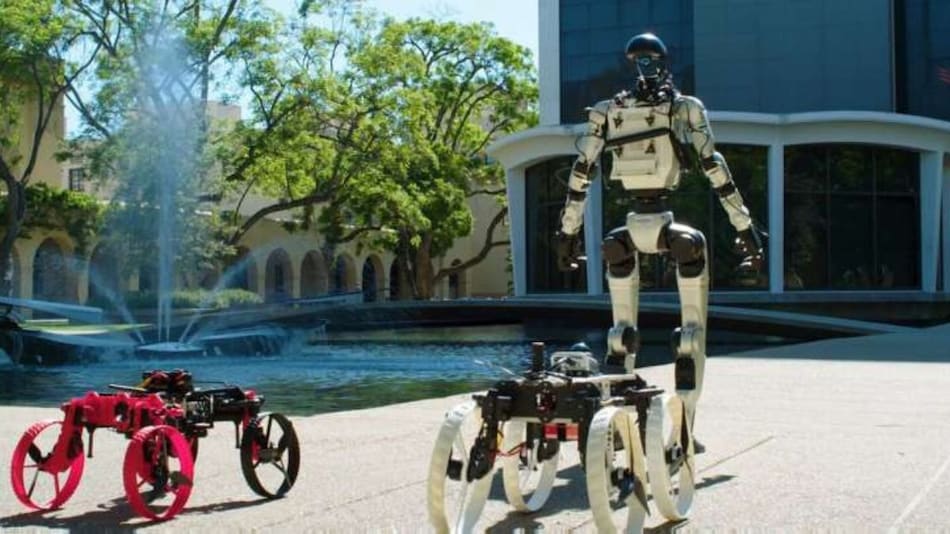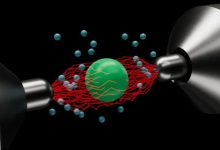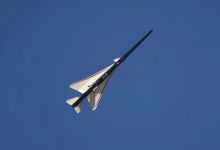Caltech and TII develop X1, a humanoid robot-drone hybrid that walks, drives, and flies for emergency missions.

X1 robot deploys its drone companion in Caltech’s campus test, combining walking, driving, and flight
Click Here to Add Gadgets360 As A Trusted Source

A group of engineers has unveiled X1, a revolutionary robot-drone hybrid built to change the face of emergency response. During a three-year collaboration with Caltech’s Center for Autonomous Systems and Technologies (CAST) and Abu Dhabi’s Technology Innovation Institute (TII), the X1 system combines a humanoid robot with a transforming drone capable of launching from the back of the robot. The multimodal design allows it to walk, drive, and fly—enabling faster and more adaptive rescue operations in complex environments.
Caltech’s X1 Robot Demonstrates Seamless Walking, Driving, and Flying in Emergency Test
According to a report by Techxplore, the X1 system was recently tested on campus in a simulated emergency. The M4 drone, in a backpack strapped to the humanoid robot, walked up to higher ground and released it into the air. The drone then landed, transformed into driving mode, and went on with the mission until reaching a pond, at which point it simply took off again. “This demonstrated how multimodal mobility systems can be more robust and efficient in the face of real-life crises,” researchers specified.
The collaboration blends complementary strengths, i.e., Caltech’s work in robotics and locomotion, TII’s progression in on-board computing and autonomous systems, and Northeastern University’s contribution to the morphing robot design. Scientists behind the project detailed the transition. Engineers mentioned the effort was a step toward developing integrated robotic systems that work in uncertain terrain.
In addition, researchers denoted that future versions for greater autonomy and situational awareness will “utilise smarter sensors with enhanced capabilities, model-based algorithms and AI-enhanced navigation. Their focus is to build a safer and more robust robot to use in an emergency or even in search-and-rescue scenarios.








